For a while now, dukes have been running rampant through the Regency fiction genres, especially in Historicals, but even in Trads. Do you love this? Hate this? Don’t care? The trend seems as strong as ever. The publishers, and apparently the readers, love them. And hey, we’re writing stories that are fantasies based on a romantic view of our time period, so why not? It’s not as if all of these fictional dukes exist in the same version of Regency England –each author’s Regency World is unique to that author (except perhaps in a connected set or special project). Right? But did you ever wonder how many dukes there really were in Great Britain during the Regency?
You might say dukes are the equivalent historical heart-throbs to the super-billionaires that are the go-to heroes in current contemporary romance. As The Daily Mail has explained it: “Dukes are just one rung down from royalty in the social pecking order and enjoy a special status way above the rank and file of the aristocracy. As peerages go, it’s the jackpot.”
Who wouldn’t want their hero to be that special? Except the way I see it, this status cuts both ways. The very rarified “special-ness” of such high rank begins to suffer when book after book after book has young, handsome, wealthy dukes just ripe for marriage. It just rubs against my personal vision of what I think the Regency was like, or makes the rank of duke seem a little common. Dukes were rare, and most often old…weren’t they? And I’m not even touching the question of the way dukes fit into the political structure, but you can note below how many of the dukedoms are named for the counties of Britain….
I’ve nothing against my fellow authors whose heroes are dukes, or the readers who love them. I get it. But I can’t do it. Every time I consider creating a hero who is so highly ranked –well, I feel like I stubbed my toe. The closest I’ve come to it was dealing with a duke’s family in An Unlikely Hero, and that story’s hero was a viscount, a “lowly” friend of the duke’s son. Am I losing readers?
I don’t seem to have the same problem with creating heroes in the lower peerage ranks. There were so many more of them! Earls, for instance. I am fond of them. They could be wealthier than some dukes were! But I have this idea that there were a lot more earls floating around in the real Regency England, so it seems less of a violation to add in a few fictional ones. And barons –they date very far back in time, and there were lots of them, too. Has the demand for dukes devalued the other four peerage ranks (marquess, earl, viscount, and baron) in our fiction?
I decided to put my prejudice to the test and check the numbers. (I’m not including Royal Princes’ dukedoms). After all the dukedoms that have been created, recreated, forfeited, merged (through marriage or elevation to higher rank), or simply gone extinct (no heirs), today there are only 24 still extant. But how many in our favorite time period?
63 English (non-royal) dukedoms starting as early as 1351 went extinct, were forfeited to the crown, or merged prior to 1707. Eleven (including two forfeited and restored several times) were extant at least through the Regency:
1 Norfolk, 1483 (forfeited three times up to 1660)
2 Somerset, 1547 (forfeited 1552-1660)
3 Richmond, 1675
4 Grafton, 1675
5 Beaufort, 1682
6 St Albans, 1684
7 Leeds, 1694 (extinct in 1964)
8 Bedford, 1694
9 Devonshire, 1694
10 Marlborough, 1702
11 Rutland, 1703
Between 1707-1801, about ten more were created and went extinct, merged, or were forfeit. Eight dukedoms of Great Britain created during these years were still extant into the Regency:
12 Brandon, 1711
13 Ancaster & Kesteven, 1715 (extinct-1809)
14 Portland, 1716 (extinct 1990)
15 Manchester, 1719
16 Dorset, 1720
17 Bridgewater, 1720 (extinct 1803)
18 Newcastle-under-Lynne, 1756 (extinct 1988)
19 Northumberland, 1766
Created between 1801-1822, only two:
20 Wellington, 1814
21 Buckingham and Chandos, 1822 (extinct 1889)
22 Duke of Leinster, 1691, was the only Irish dukedom extant during the Regency
It appears there were nine Scottish Dukes during the Regency, titles dating from 1707 or earlier. (18 other Scottish dukedoms went extinct, were forfeited to the crown, or merged between 1351-1707 ) The nine:
1) Hamilton 1643 (and later Brandon, 1711)
2) Buccleough, 1663 (and Queensbury, 1810)
3) Lennox 1665
4) Gordon
5) Queensbury, 1684
6) Arguyll, 1701
7) Atholl, 1703
8) Montrose, 1707
9) Roxburghe, 1707
By my count, that’s 31 dukes during the Regency, in all of England, Scotland, and Ireland. If I had time, I would now look them all up to find out how old each one was in, say, 1816!!
For comparison, I give you:
1) number of earldoms (English, Scottish, Irish, G.B or U.K.), established before or during the Regency (1398-1822) still extant today: 142. (Because the sheer number of earldoms has long surpassed the number of territorial counties, the names of many earldoms are associated with smaller units (estates, villages, families, etc.).
2) number of baronies (English, Scottish, Irish, G.B or U.K.), established before or during the Regency (1264-1822) still extant today: 124 (and 317 more were created since 1822!)
I am sure there were more of both these peerages during the Regency that disappeared later –sorry I don’t have time to analyze these long lists! You get my point. Slipping in a bunch of fictional earls or barons doesn’t rattle my universe of imagined history nearly as much as all those dukes!
Viscounts and marquesses, the other two peerage titles, were less common, at least as independent titles. Copied from the French, they came into use later, and tended to become subsidiary titles as the holders were promoted. Much more commonly found as the courtesy titles used by heirs-apparent. Today there are only 25 marquesses who do not hold higher titles, and 37 such viscounts. I learned that stand-alone viscountcies were more common in Ireland than the other parts of the UK –24 of those 37 viscounts are Irish titles. Things I’ll keep in mind for future stories!!
I came across two tidbits that I can’t resist sharing. One is this: The Daily Mail reported in 2009 that Tatler Magazine invited the 24 then-current non-royal dukes to lunch. Some were too frail to attend, and some live abroad, but ten of them came. Those ten represented the largest gathering of dukes since Elizabeth II’s Coronation in 1953! Their ages ranged from 41 to 94. For a photo of them, details and the interesting story, see “Ten Dukes a-Dining”.
And this last bit is at least for Amanda, and also shows that it’s not always good to be a duke:
“When Elizabeth I came to power the only [remaining] living duke was Thomas Howard, 4th Duke of Norfolk. Elizabeth did not create any dukes, and she beheaded Thomas Howard at the age of 36 for plotting to wed Mary, Queen of Scots and overthrow her. By 1572, this class of peerage was extinct – there were no Dukes in the last 30 years of her reign.” (from Wikipedia) No wonder Shakespeare could so liberally sprinkle both historical and fictional dukes throughout his plays without worrying about direct repercussions! (besides putting them in Italy, of course) No one in England held that rank for most of his lifetime –from the time he was eight until seven years after his death in 1616. The later extant Dukedoms in the Peerage of England were created (or restored, in two cases) in the Stuart period and after.
How do you feel about dukes? In our Regency fantasies, does it matter whether the titles of our characters reflect the nature of the peerage at the time? I’d love to hear what you think!

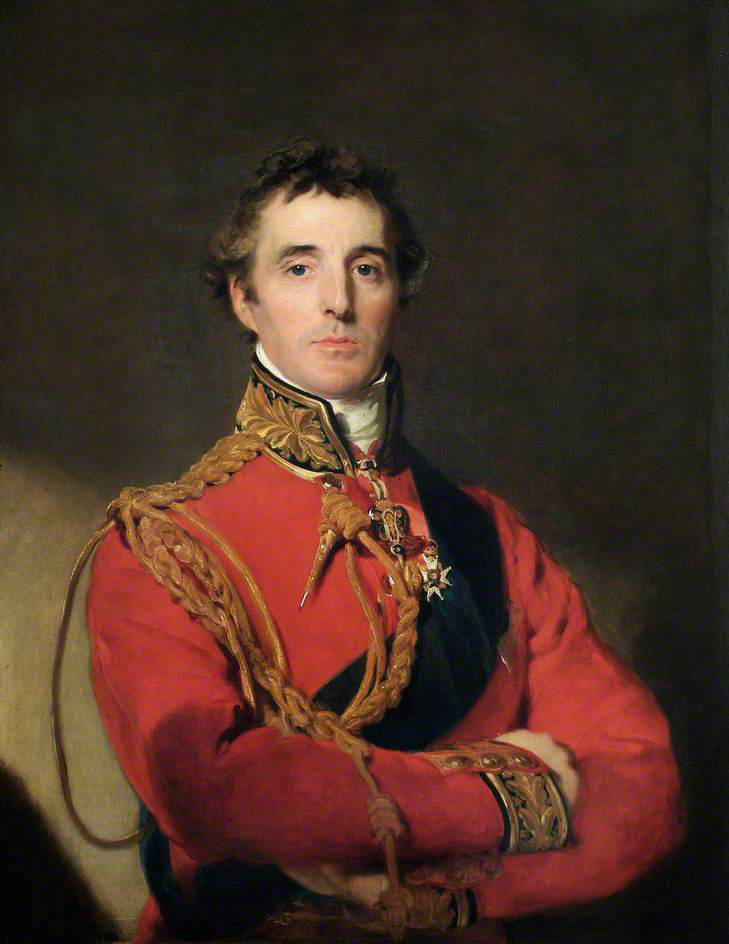


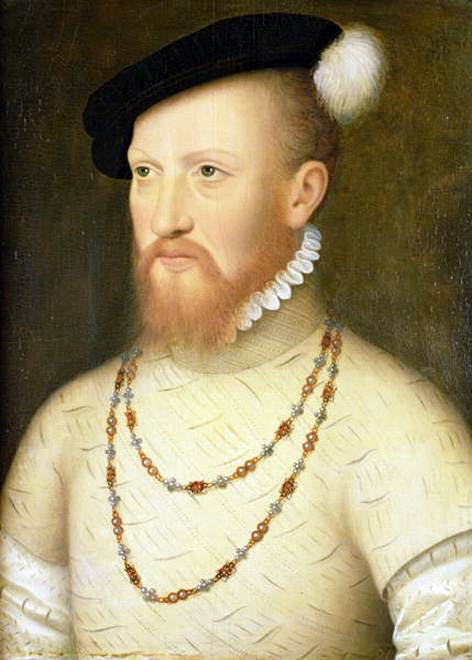
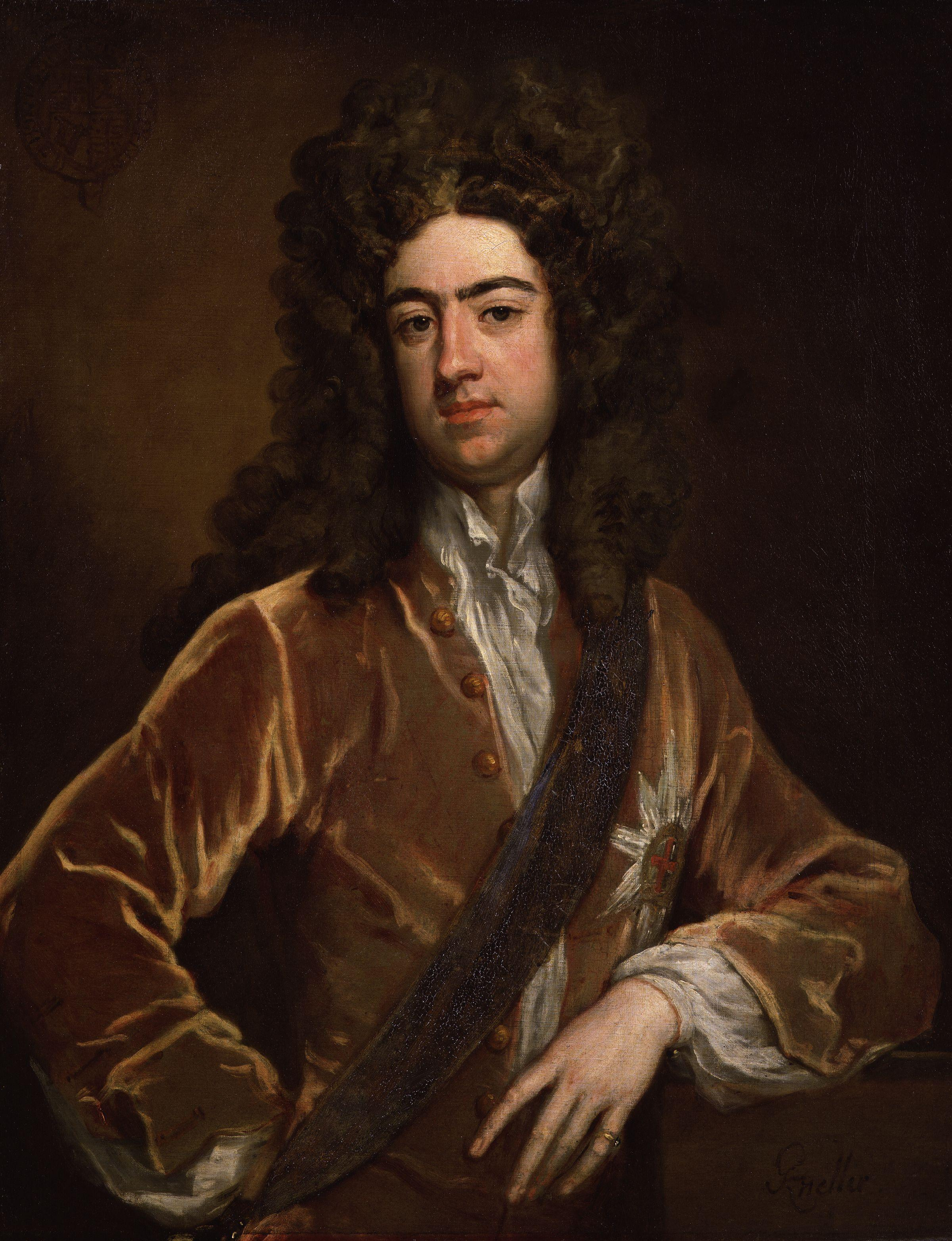
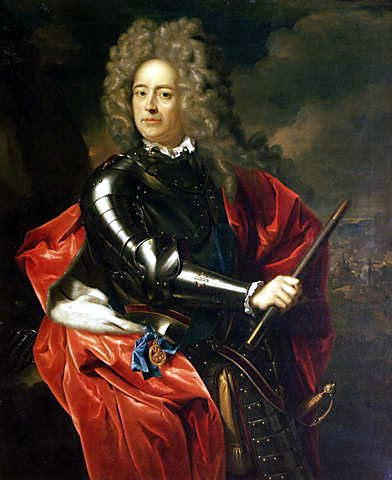
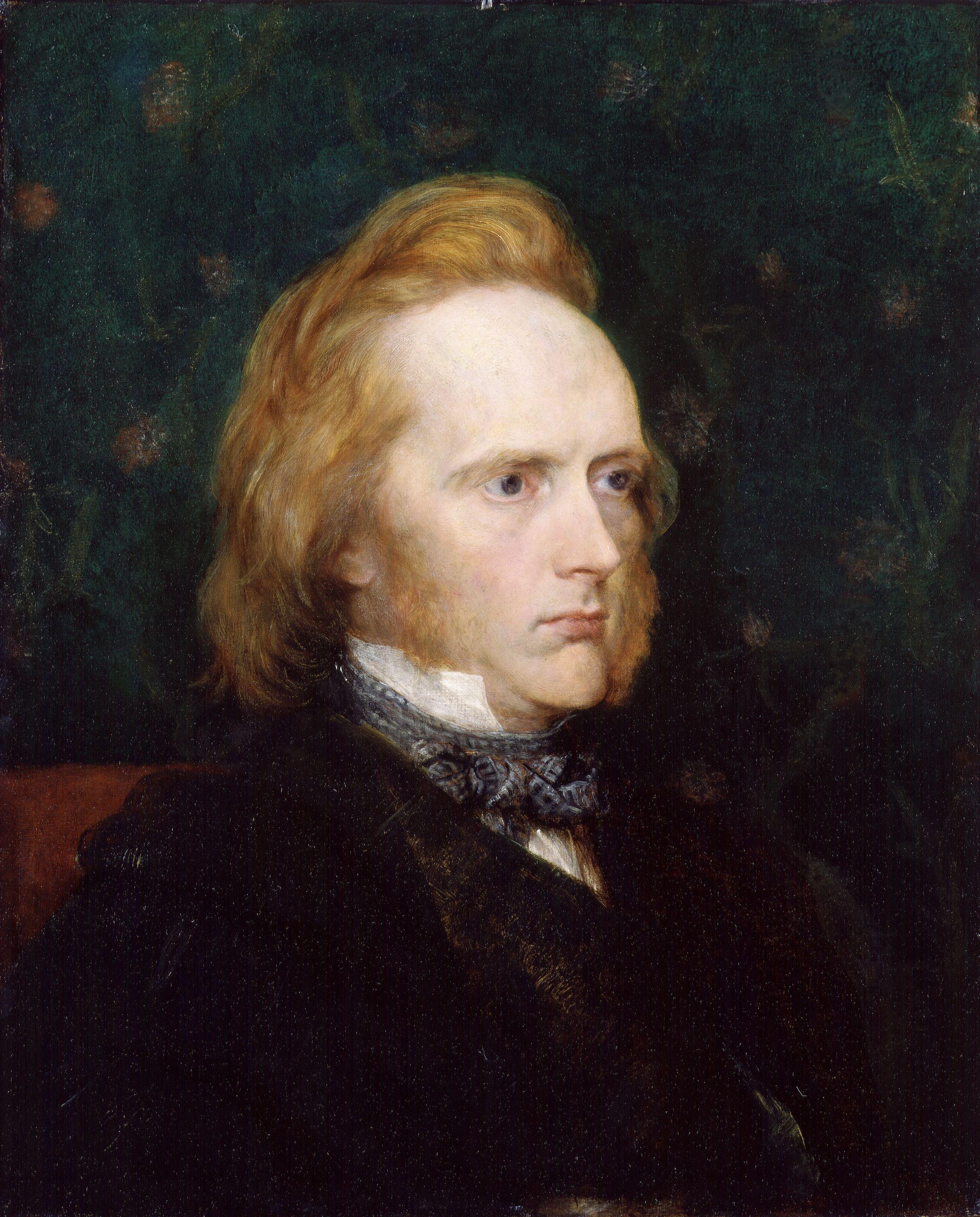
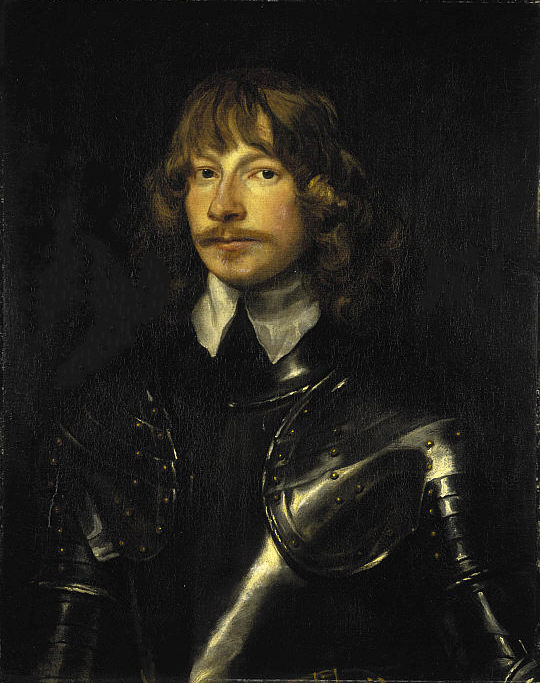
I feel the way you do, Gail, that the rank of duke is devalued when every hero is a duke. However, I do understand that there are readers who love these stories and have heard that “duke” in the title sells more books–so I won’t judge the authors who use them repeatedly, although I wonder if it will hit a saturation point.
I actually did get an idea for a “duke story” a little while back. I may get to that at some point, but the idea of making every hero a duke has zero appeal for me.
I like variety in my fantasy men. 🙂
I like variety, too, Elena! I’m afraid we forget that being among the peerage at -any- level was a very high honor, reflecting (I admit, varying) degrees of merit, clout, wealth and connectedness to power… Would love to read your “duke” story someday!
I’ve always fought shy of Dukes for the same reason, but I had no idea marquesses were so uncommon. Earls appear to bear off the honours! I have no problem in using the odd Mister… after all, Heyer did!
Sarah, I had no idea about the low numbers of marquesses and viscounts either, until I researched this article!
…. and nobody can deny the popularity of Mister Darcy……
LOL! So true. Wealth trumped all, I think, in so many cases. 🙂
I completely agree. Dukes abound in Regencies, but I’ve never used one. I’ve been pretty sparing altogether about lords, having only a couple each of marquises, earls and viscounts, a few barons maybe. These days I tend to use more titles than not, simply because readers do love them and they sell better.
I think I’d find it really hard to write a duke without making a great deal of the inevitable pomp and ceremony attendant upon the rank. I couldn’t bring myself to create spying dukes and all that stuff. I mean, these guys had far too much to do running their estates and attending Parliament to have leisure for such things. And soldiering was mainly left to younger sons, unless the titles were acquired for military service.
Good luck to those writers who are happy to creates a plethora of dukes, though. They certainly sell well!
Gail:
I wrote a similar column about the prevalence of dukes on ROMANCE NOVELS FOR FEMINISTS a year or so ago, and did some further math to give perspective. I found 25 non-royal dukes in 1818, out of a population of 14.4 million people, which equals 0.0001735%, or one in every 576,000 English people, held the title of duke. Even if we narrow our population figures to the gentry only (about 2% of the total population, or 288,000), we’re left with 0.00868%, or one in 1,152. Even if we narrow still further, and take only at those men who held titles (530), we’re left with only 4.7%, or one in every 21 noblemen…
Jackie, I’m sorry I didn’t see your column on this topic! Your numbers certainly do add to the perspective. BTW, congrats again on your win in the Hearts through History contest! WTG!
Yes, the duke has been misused. I like the comparison for the billionaire. Authors get into a trap with heroes’ images sometimes. How many have no parents or only one (usually eccentric mom)? Oh, and carriage accidents, horses and lost at sea are the cause, what 90% of the time. So, if he’s a viscount or an earl he may still have a male parent living? It didn’t hurt Vidal’s image in Devil’s Cub, didn’t it? I’ve had my hero’s inherit but none of them were Dukes.
Sally, right on about the carriage accidents, horses and lost at sea causes of death!! I’m guilty of that myself. I think we may forget that natural causes of death carried off people much more commonly back then than now, since the state of medicine (not to mention nutrition and other healthy lifestyle-related things) was still not very advanced. Hmm. I think the issue of “intact” families vs. dead parents could be another entire blog topic!!
I love this post! I definitely knew there aren’t that many Dukes abound but I do love that many Dukes are apart of our readings. As for Dukes in general, like you, I like the lesser nobles. I just feel like they won’t have to worry so much about being “higher” and are able to live more “normally” in a sense.
I might just have to do my own research into this for my use.
Thanks, Ki Pha! Good point about the very high responsibilities and expectations attached to being a duke. I always wonder if the couple will really be able to have a HEA life together!
Great post. Thank you. Earl and baron were common. Marquis and Viscount far less so. I’ve tried to reflect that in my writing, though I’ll admit to a ducal heir. He isn’t the one that gets the happy ending though. Yet.
The other thing I’ve tried to reflect in my writing is that those at the very highest ranks of the peerage had very strong pressure on them not to marry outside of those ranks. The many stories in which a duke marries a no-name are unlikely in the extreme, though they can be fun to read.
And I imaging they’d be fun to write and make convincing, too.
Jude, thanks for commenting! I think in the end we all have to find a balance we’re comfortable with between the historical accuracy and the fantasy elements in our story-telling. That balance is going to be as unique to each of us as the other aspects of our writing, and that’s a wonderful thing!
Great post! I guess when I read Regency romances I count the hero duke as one of the three ‘suspensions of belief’ that readers usually allow before throwing the book against a wall. When I’m writing Regency stories I choose lesser titles for my characters, for the reasons you cite.
Isabella, I’m intrigued by your “three suspensions of belief” theory –I haven’t heard of that before. Is it a little like three strikes before you’re out? LOL. Hey, it’s good to think we authors at least get three. 🙂
I agree, Gail. I’ll read stories with dukes as heroes, but I come to the story with my “suspension of disbelief” already suspended, and it doesn’t take much from there to make me lost interest completely. (In other words, if the hero is a duke, he better be an utterly compelling one to keep me reading.) And, the only time I’ve had a character at that level — a duchess) — I got really tired of your Gracing and her Gracing all the time! To my mind, they are awkward to write.
Thanks for commenting, Judith! And LOL about the “your Gracing” and “her Gracing” –I can see how that might get tedious!
I am so happy to see you taking this stance. I am in wholehearted agreement. We are totally over-duked! Your thorough research into the real facts is fascinating and refreshing. Thank for this article!
Thanks, Diane! I’m glad you enjoyed the post. I think there’s room for all kinds of heroes, and some authors just are more comfortable straying further into the realm of fantasy than others. Some of the overabundance of dukes is, I think, due to the publishers pushing for what they know sells well.
I am guilty. I wrote a book where the hero ends up a duke. In general, I’d be much more likely to pick up a book featuring a non-duke, but a good setup and intriguing character can overcome this prejudice.
I am reminded of a Scottish medieval I tried to read once. At a party, the heroine is introduced to Robert, duke of McWhatsit and his brother Hamish, duke of McWhocares.
If I hadn’t been reading on my iPad, that book would’ve gone flying across the room.
Evelyn, you are so right about a good set-up and intriguing character -it can make all the difference! LOL about the two Scottish brother dukes. Let’s hope that author learned more about peerages for her later books –if there were more. I’m sure we’ve all made mistakes, but that’s a doozy.
I have solid proof that dukes do sell well!
But knowing they were not as numerous as our current fiction would have it, I try to be judicious and spread the wealth around, so to speak.
A historian by training, I try for diversity in what I present, even now beginning a series starring servants. (HER BEGUILING BUTLER) The challenge with sticking to one level of nobility, I think, is that you get constant repetition of plot types or contrivances. Hence, the picture of the period becomes not as entertaining nor informative as it might be. The result, I would fear, is readers’ boredom and we know where that leads.
Cerise, thanks for commenting! A servant series will be something very different to look forward to reading. I love diversity and the opportunity to explore many different aspects of the Regency in our stories –and to give the readers a little glimpse of life in this period while we entertain them. I’ll keep an eye out for your series!
While I know in history there haven’t been many dukes, I love writing duke heroes! I have a contemporary, set in a fictional kingdom, where the hero is the King’s nephew and is a duke. It fit the story. I don’t mind reading a ton of dukes if their title/character fits the book. This is fiction, so I think it is okay to have more higher up nobles than in reality.
J.C. thanks for commenting! I’m glad to hear from someone with a different perspective than mine. We -are- writing fiction, and part of the beauty of it is that we are all different. I agree with you that the title/character needs to fit the book!
I wrote a Regency where the hero was a duke when dukes weren’t as popular in Regencies as they are today. The reason I made my hero a duke was because that was the only way I could lift my heroine from her beyond the pale past (a past in which she was a victim but was blamed by society nevertheless). Dukes have a lot of power. Around the time of my Regency romance there were six real dukes. One of them was living with his mistress and had twelve illegitimate children with her. I am wary of using a duke again in one of my Regencies but then, never say never!
Gloria, I can see the logic for your duke story! And I agree with “never say never”. If a character who -has- to be a duke presents himself to me someday, I will feel the need to tell his story (but he would still have to wait in line for his turn). 🙂
That was the reason I first picked up ‘The Captain’s Dilemma,’ the fact that it has a different sort of hero. Nice job, by the way!
Thank you, Evelyn! Music to my ears! I like “different” and my stories generally are that, in some way or another. (TCD probably the most of all.) I’m always delighted to know when that has worked!
The hero in my current wip is a baronet –aristocrat, but not a peer.
Well, I’m going to go against the grain and say there can never be too many dukes…or marquises/marquesses, or earls, or viscounts, or barons…. I also think there can never be too many landed gentry misters, social-climbing cits, upstart Americans, or military men. I love reading/writing about balls, routs, house parties, morning calls, smugglers, carriage rides, and war heroes. I love reading/writing about the ridiculous and the romantic. I love reading/writing about the Regency.
I appreciate and revel in the history of the era, and the study of the number of title holders in the peerage is fascinating to me as an amateur historian, but I don’t think we need to worry about an infestation of dukes in historical romance. It would, however, be interesting to me to see if any one author writes exclusively – or predominantly – of dukes, rather than pulling from the variety of titles (both aristocratic and not) extant during the time period. If one author only writes of dukes and earls, mayhap the argument could be made that they are excluding too much of the miscellany of the Regency, that they are “re-writing” the period by not being faithful to its myriadcomponents. The argument could also be made that one book or even series containing 32 dukes would be historically inaccurate. But in a genre with hundreds of different writers (or more?!), I don’t think we can just declare that there are now too many mistresses, or too many war heroes, or too many acerbic dowagers, or too many dukes, and that other story characters must be chosen.
I don’t think we can look at the Regency romance genre as a whole to determine a glut or dearth of any one type of character. I don’t think the first 31 books written with ducal characters filled up the allotment on that title. As an author, it’s not very challenging or even interesting to me to write about one type of person, or one title in the peerage. I’d venture to guess that’s the same for most authors. I propose that the extant title tallies should apply to each author rather than the genre as a whole, so each author has exactly 31 dukes, 142 earls, and 124 baronies about which they can craft characters and stories. 🙂
LOL, Renee! I have to say I don’t think you are going against the grain very much –part of the fun of a discussion like this is that we ALL love the Regency in all its varied glories! I know I am grateful for the variety in all of our approaches to telling stories set in the same historical world, although a case can be made that each of us sees that world a little differently, too! However, perhaps I need to clarify that I was not suggesting anyone use the real numbers of peers in their stories –and most certainly not the actual peers. I was merely using the numbers to offer a little perspective. 🙂
I don’t really mind the multiplicity of dukes. I figure they are sort of like the handsome young billionaires in contemporaries—a shorthand way of saying this hero is the “top dog.”
Realistic? Of course not. (For that matter, how many handsome young billionaires with powerfully muscled bodies do you suppose there are in reality? Any?)
At any given time you would probably be hard put to find any titled gentlemen who were actually handsome, intelligent, charming, and possessed of those lean hips, broad shoulders and muscled thighs so beloved by all of us.
We don’t feel bound to be realistic when it comes to our heroes’ appearance and personality. Why boggle at the title?
Lillian, thanks for commenting! You make a good case for the fantasy element in all romance –men the way we wish they could be! Although, take a look at the second and third portraits I included with the post –I was surprised to come across such quite handsome young dukes!
Ladies: I do favor writing about dukes, and my five book series is alive and well in my mind. The first book was released on July 24th, 2015 and the second is with my editor. I like fairy tales and enjoy creating unusual heroes and heroines. So I’m going to continue with them. The key, I believe, is making them believable–flawed, maybe not so handsome, but complicated, tortured souls, arrogant, in search of something they can’t have, but want more than anything.
I respect all of you because you are obviously well published and knowledgeable. I can only say my second and third novels are different. I’ve done a lot of research on sons of dukes, legitimate and illegitimate, as it provides areas of conflict, rejection, redemption, and all that jazz.
If after I leave this planet, I come back, I’d want to be the sister of a duke, or daughter of a duke. I can’t help it. I love them. I’ve never created a duke I didn’t fall in love with, so please allow me my foibles.
Sandra, your 5-book series is bound to be interesting! It will be fun to see how you meet the challenge of making each duke and story unique, which I’ve no doubt you will do. And if you fall in love with your heroes, no doubt we readers will too! Thanks for weighing in on the side of the dukes!! You need to write what your heart tells you to write.
Interesting article. And I agree, Dukes do seem to be running rampant through the regency genre. My 7 book Marriage Mart Mayhem series has only one duke, the rest are an earl, a baron, a rector, a Scottish Laird, a university professor and the last one will be a business man (horrors!). I like to shake things up, lol.
Callie, this sounds great! I love the variety.
Bias warning: I am currently writing a duke. But I have a reason. My guy was an adventuring military man before inheriting a title that he hates. But now that he does have such a high title, he can accomplish much more in his quest for revenge. And, incidentally, he can actually influence the war effort against Napoleon. So there. Otherwise, I agree that dukes can get boring. Unless the writer gives them actual work to do (a duke essentially managed a small country).
Great post, Gail! I do like a good duke story, when it centers around the hero actually BEING a duke (much responsibility, high-high level stuff) and not just shorthand for “Regency billionaire type” LOL. (I especially give the side-eye to series that involve several dukes as heroes, or heroines who all marry dukes) (and the Elizabethan era is great, with no dukes to deal with at all!)
i’m really not looking for realism when i read romance novels so i’m fine with a duke or a count or an earl or a viscount.
I love duke stories! Really love them. So I write them and read them often.
Though I have read all the old statistics about the number of dukes in England, Scotland, and Ireland in the 1810s and do know that the number wasn’t huge in any of those years, but I don’t care. And neither do the readers who simply want a good story.
I have nothing against dukes and they do sell. However, I try and make my dukes ducal, not just hotter and richer than lesser peers. I always give my peers a family history – how did they get where they are – which informs their lives and characters. For example I have a duke who is descended from a mistress of Charles II (one of the best ways to get a dukedom) and one based on the Dukes of Portland, the first of whom came from the Netherlands with William of Orange, who were political power houses. Both these “historical” facts were key to the plot and character.
My first book has a Duke, but for the most part, I find other titles just as interesting as far as characters go. I think the English aristocracy is fascinating to Americans because we don’t have titles here. For me, it’s about honor and integrity in a hero. Even if the hero is a rogue in the beginning, as long as he turns around by the end, I fall in love.
Great topic, Gail! I agree that readers see dukes as the historical equivalent of the Presents-style billionaire playboy/businessman/prince of a small island/ sheik.
I personally don’t like the prevalence–but I don’t read the contempt billionaire etc etc either. I know romance is “fantasy” but I prefer mine as close to “real” as possible.
Do I write dukes? Sometimes. But I usually make them the villains.
LOL, Julia! I can see doing that –dukes had so much power, after all, it would make them formidable adversaries!!
Wouldn’t you know….Here I am embarking on a story about a duke’s heir….He’s not the villain either. He’s the hero….
Go for it, Diane! As you can see here, opinions range all over the place about the prevalence of fictional dukes. Fortunately, there’s enough variety of stories so those who don’t want dukes can find alternatives, and those who do can happily indulge. I’ve been enjoying hearing everyone’s opinions on it!
I’m currently working my way through a vast pile of old Regency romances and historicals. I find it ridiculous that there are so many Dukes, although in some stories the character’s personality and the plot make dukedom the logical choice.
Personally, I think the word ‘Earl’ is ho-hum, ‘Baron” is boring, while ‘Viscount’ is rather sexy. Misters make for good reading if they are rich and good-looking.
Wide grin and a couple winks here – we’re writing fiction, ladies 🙂 can’t have too many dukes, penniless beauties, and pirates. Bring on the fantasies.
I confess a particular attachment to dukes. I’ll read any Regency Romance if it’s got a duke in it.
In fiction I don’t mind the occasional duke, but he’s gotta behave like one. Dukes actually have a fair bit of responsibility.
When writing, I prefer lower nobility and gentlemen. I’ve got an earl or two about somewhere, but most of the men in my novels are Lord This and Honourable Mr That.
That said, I do have one duke. He’s got the whole duke thing going on with the properties and the seat in the House of Lords and the label of “Season’s most eligible bachelor”, etc.
Yes, he’s young and handsome, but came by his inheritance through a slightly painful way. His father died relatively young due to a heart attack due to loving rich food a little too much. He then came under the tutelage of his grandfather the late Duke, who died of old age. His mother and grandmother are still living and aren’t terribly odd.
The one thing that often bothers me about the fictional dukes is what they’re duke of. I hear some strange title and think, “where the heck is that?”
So, what I did with my duke was take a duchy that was extinct and “un-extinct-ed” it. In my worldbuilding, it didn’t die out, but continued on until the “present day” of the novel. This is fiction and I can play with alternate history.
Heidi, I always make up title names and avoid even the extinct titles. I just try to make them sound real.
I, too, must admit to having a soft spot for dukes. Partly because real ones were, and are, so rare, and they did indeed have a lot of power.
However, when reading about titled gentlemen, it is the word itself on the page which makes the strongest impression for me. “Duke.” Short, stark, hard. No nonsense. The words “marquess,” “earl,” “viscount” and “baron” all seem softer to me, less daunting, more approachable, and therefore, less of a challenge to the heroine.
Nevertheless, there is the consideration that once the romance resolves into to a wedding, I suspect the wives of those men of lesser titles probably have a much cozier life and get to spend more quality time with their husbands.
Such a dilemma!
Regards,
Kat
I think readers are after standout, loveable characters. As a reader of many historicals (I love the, that’s why I write them) I couldn’t care less if that’s a duke, an earl or a baron.
As an author I try to write characters that are deep, interesting and loveable. That’s what readers really want.
It’s about the character not the title, with a heroine to match.
cheers
Thank you for this post! High among all the irritating things about many recentRegencies that basically take modern characters, behaviors and conversations and stick them in inaccurately described clothing and social situations, is the proliferation of Dukes! I know every writer wants to get read and paid, but it’s possible to do that without complete disrespect for the time and place in which the book is set. I have tossed aside so many books because the suspension of disbelief required to enjoy the “fantasy” simply cannot overcome the absurd settings and writing. Just saying! Focus on great characters, plot, motivation, writing, and at least attempting to make the whole thing hang together historically enough for the reader to get lost in the story!
I’m loving the passion and eloquence of all these replies! Thank you all so much for jumping in to express and defend your views on this topic, clearly a hot one! Now I’m wondering if there are other topics we ought to be discussing like this. If you’d like to see us bring something up here, let me know! I am not afraid to “stir the pot”, obviously, and that’s partly because I believe we are all united by our love for great characters, great stories and the Regency, no matter how we may differ in our approaches to imagining it.
[…] been thinking a lot about Gail’s post last week “About Those Dukes”, and also about this this article in the Smithsonian Magazine, “Why Can’t Romance Novels […]